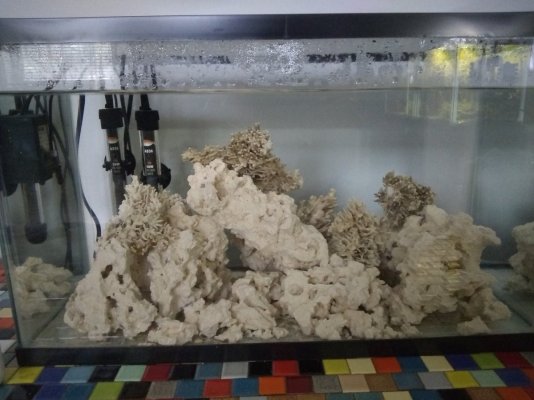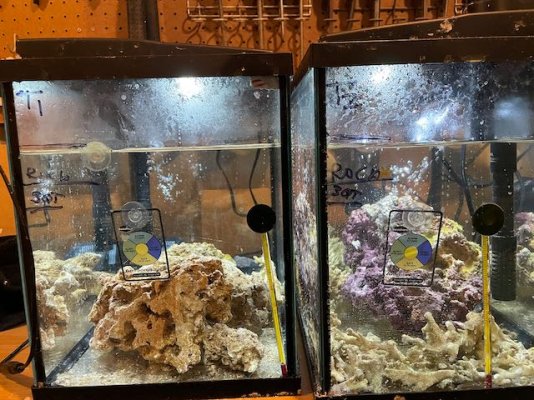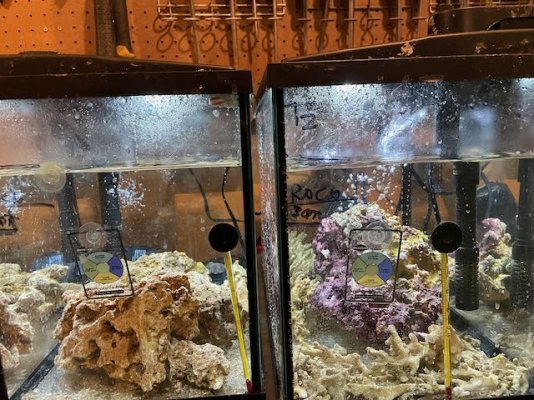so that means if you feed your cycle it's no harm and will work. it will sustain until you reinstate fish bioload
but
if you wanted to make a point in science, don't feed it. on day 25 add your fish and post pics of them ten days later. let's see if they live.
I put all chips in they live based on all cycling I've ever seen. I'm voting they'd live because in all charted cases, bioload is carried and lives past day 25. I'm aligning by bets with the only searchable outcome results on file.
but
if you wanted to make a point in science, don't feed it. on day 25 add your fish and post pics of them ten days later. let's see if they live.
I put all chips in they live based on all cycling I've ever seen. I'm voting they'd live because in all charted cases, bioload is carried and lives past day 25. I'm aligning by bets with the only searchable outcome results on file.





















